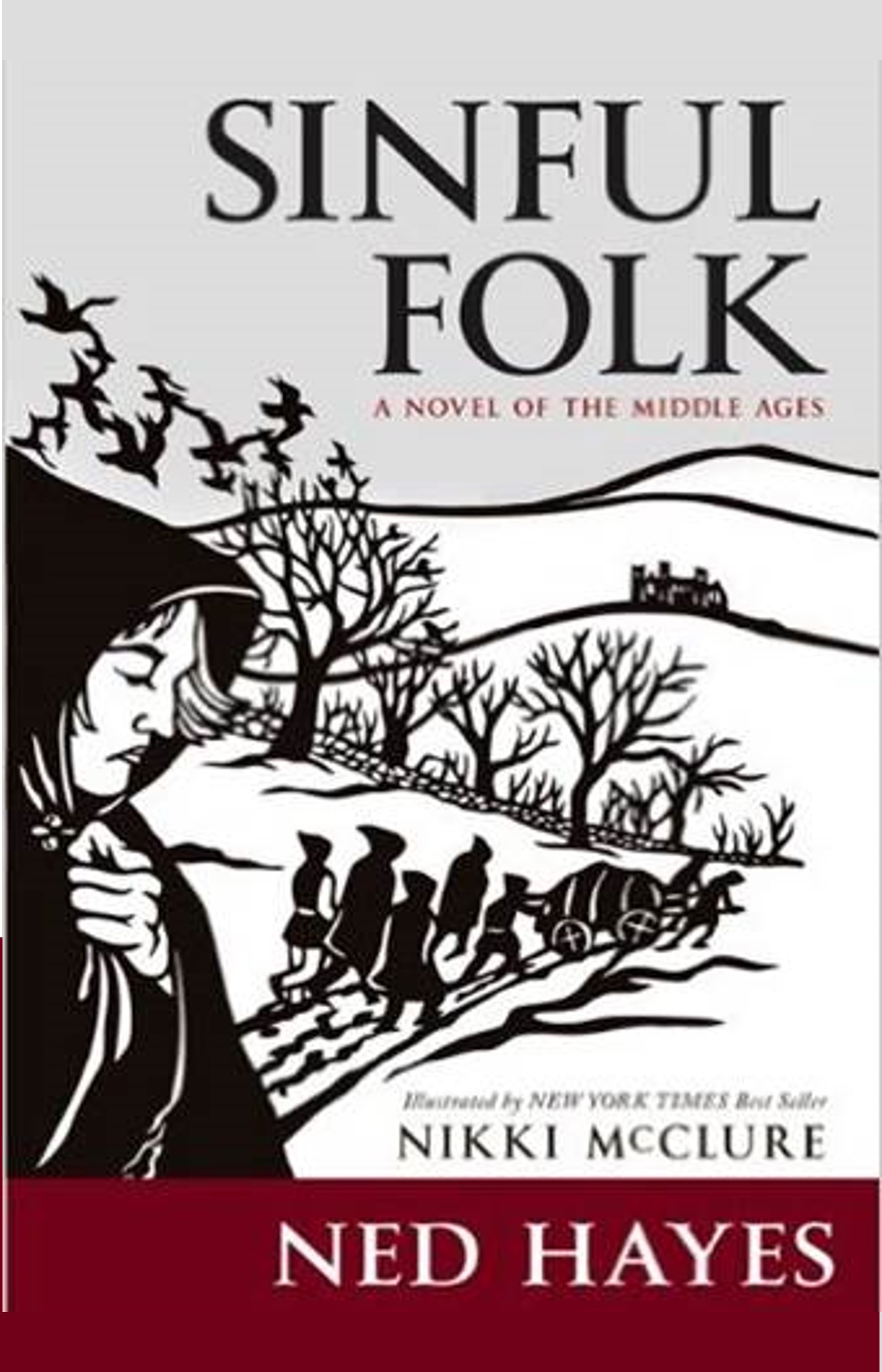How to Write & Read Great Fantastical Fiction:
Techniques & Tools in Fantasy & Science Fiction Literature
The Sorcery of Withholding
The best stories feel as if you have simply stepped inside them and that the events of the story are simply happening. Many things are never explained. For example, few writers describe the sky or the ground in detail, and few writers describe the breath going in and out of the characters’ mouths before and after they speak. The reason these things are ignored is that they are simply assumed to be present. There is no explanation necessary, and if you are in media res in the story, there is no need for a prologue explanation or an after-the-fact explanation.
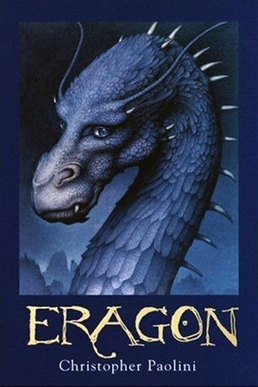 One further example can help to make this point. In the first six pages of Christopher Paolini’s high-fantasy novel Eragon, multiple acts of fully described supernatural magic erupt, all of them gratuitous and described in such a way as to take readers out of our mundane experience of reality. Here’s one on page six:
One further example can help to make this point. In the first six pages of Christopher Paolini’s high-fantasy novel Eragon, multiple acts of fully described supernatural magic erupt, all of them gratuitous and described in such a way as to take readers out of our mundane experience of reality. Here’s one on page six:
Desperate, the Shade barked ‘Garjzla!’ A ball of red flame sprang from his hand and flew toward the elf, fast as an arrow. But he was too late. A flash of emerald light briefly illuminated the forest and the stone vanished. Then the red fire smote her and she collapsed. The Shade howled in rage and stalked forward [. . . . ] He shot nine bolts of energy from his palm—which killed the Urgals instantly—then ripped his sword free and strode to the elf. (Paolini 6)
Obviously, it is taken for granted that readers ought to recognize “Shades,” overt acts of powerful “magic” in emerald lights and red flames, and magical creatures with special names—“Urgals,” elves, etc. These descriptions serve to disrupt and distract the reader, destroying the narrative flow and the focus on the characters, and putting the focus instead on world-building and scenery: such descriptions lead away from storytelling into the realm of the fabulist. This is not a direction that leads to readerly enchantment, but instead becomes a kind of oddly interesting art-form that is focused on its own existence, not writing a story that connects on an emotional level with the reader.
Magic or the supernatural itself should rarely—if ever—be spelled out, in terms of its function or its full effect. The unearthly should partake of the “standard” world we know in a way that allows it to slide into consciousness in a “mysterious” or undercover manner that does not distract the reader from the narrative flow. Yet it is possible to create magic in an implicit way, and allow a story to take shape without such overt hints and explicit statements.
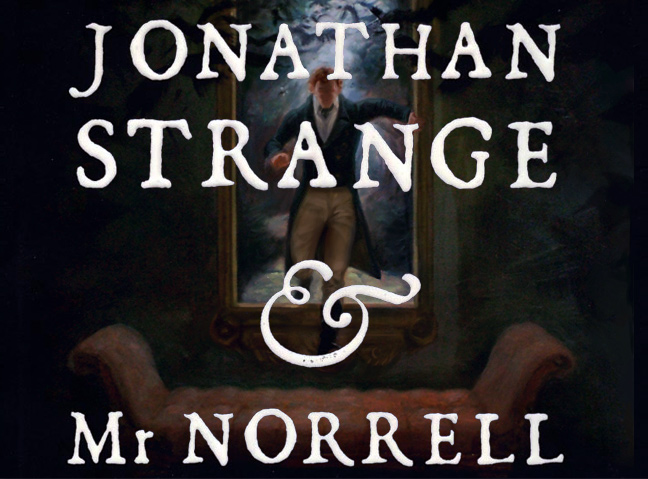 In contrast to Eragon’s great acts of “Magic,” that are named with powerful capitalized “Words” and acts that create flames and light, Susanne Clarke’s Jonathan Strange & Mr. Norrell uses this technique of withholding to combine magic and history in a believable way. Strange & Norrell is in many regards a historical novel reminiscent of classic works by the Brontë sisters, Jane Austen, and George Eliot. It is a Victorian story of mannered English people of the upper class, set in the 1800s, and the chief concerns of this novel are the lives and marriages of young women and their suitors. Since Strange & Norrell was written in the modern era (published in 2004), the story also enters into the lives and habits of the servants, examining and explaining in emotional terms their abilities and hopes to exceed (or live down to) the expectations given to them as a “lower class” of Victorian society. The story also includes King George, Lord Byron, and Lord Wellington as (minor) characters, and scenes set on the battlefields of the Napoleonic wars. Despite these martial scenes, the real crux of the story is perhaps the story of two marriages and how two couples found a way to live happily ever after. Yet it may also be the story of a former slave, now a servant, who finds his strength and his own voice, despite his social class. In point of fact, there are many complex character arcs in the novel: it may be read in many dimensions as a great work of historical and cultural fiction.
In contrast to Eragon’s great acts of “Magic,” that are named with powerful capitalized “Words” and acts that create flames and light, Susanne Clarke’s Jonathan Strange & Mr. Norrell uses this technique of withholding to combine magic and history in a believable way. Strange & Norrell is in many regards a historical novel reminiscent of classic works by the Brontë sisters, Jane Austen, and George Eliot. It is a Victorian story of mannered English people of the upper class, set in the 1800s, and the chief concerns of this novel are the lives and marriages of young women and their suitors. Since Strange & Norrell was written in the modern era (published in 2004), the story also enters into the lives and habits of the servants, examining and explaining in emotional terms their abilities and hopes to exceed (or live down to) the expectations given to them as a “lower class” of Victorian society. The story also includes King George, Lord Byron, and Lord Wellington as (minor) characters, and scenes set on the battlefields of the Napoleonic wars. Despite these martial scenes, the real crux of the story is perhaps the story of two marriages and how two couples found a way to live happily ever after. Yet it may also be the story of a former slave, now a servant, who finds his strength and his own voice, despite his social class. In point of fact, there are many complex character arcs in the novel: it may be read in many dimensions as a great work of historical and cultural fiction.
However, along with all of these social and cultural dimensions at play, all the critics agree that Strange & Norrell is fundamentally a story of magic and of the supernatural. For the occupations of Strange & Norrell are that of rival magicians: both of them are struggling to revive a forgotten magic first instituted by a mythical English magician known as the “Raven King.” As a story of the supernatural that operates on all of these multivalent levels, Strange & Norrell is powerful because of the use of the techniques outlined in the preceding pages, but in particular the idea of “withholding.”
The most pivotal magical act in the book begins in this pedestrian manner: “Mr. Norrell rose wearily from his seat and took up a book….Then he began to recite a spell” (Clarke 84). Note that this is the first time a spell is ever said in the novel, even though as readers we are nearly 100 pages into the narrative. Furthermore, the functions and actions and words and specific incantation are never stated. In fact, everything is elided in this “spell-casting” moment—this is no Harry Potter sorcery that can be neatly charted or analyzed by the reader. The moment itself is off-stage and withheld.

The spell immediately has an effect, which does not take place in a magical, otherworldly set of ideas or with bright lights and loud sounds. Instead, a few carefully described realistic events occur. These are described in sensory terms: “It took effect almost immediately because suddenly there was something green where nothing green had been before and a fresh, sweet smell as of woods and fields wafted through the room” (Clarke 84). Any “louder” magical or emotional side effects of the spell are left aside in favor of smells, colors, and—notably—the sudden presence of a person:
Someone was now standing in the middle of the room: a tall, handsome person with pale, perfect skin and an immense amount of hair, as pale and shining as thistle-down. His cold, blue eyes glittered…. he was dressed exactly like any other gentleman, except that his coat was of the brightest green imaginable—the colour of leaves in early summer. (Clarke 85)
The descriptions are grounded in the reality known by the main characters. Instead of inserting language that is not organic to the scene—“Shade” and ‘Garjzla” and “nine bolts of energy”—the new character instead is presented in language suitable to the Victorian observer who sees him. “He was dressed like any other gentleman,” states our observer, and therefore all other unearthly elements are stripped away from the description. We know nothing more about this “fairy”—in fact, we don’t even know he is a fairy at all. There is a very subtle hint of something super-real (or supernatural) in the very bright coat he wears, and the reference to the natural seasons, but even this is muted and simply a strange detail.
As an addendum to my findings, I’d like to re-emphasize character. If the characters are utterly believable, and the “magic” is utterly believable to the characters themselves, it makes it easier for the reader to believe as well. Writing a fantastic scene should be an outgrowth of a character’s thought process and character development up until that point in the novel, rather than a deus ex machina that just appears or intrudes into the narrative. If the details of the “fantastic” are withheld until the very end, the focus remains on the characters, their development, and their experience of the fantastic. In the preceding paragraph, the experience of information being withheld is further heightened by the fact that the character’s behavior both mirrors the expectations of the magician who called him, and also confused our main character. The magic is not straightforward at all:
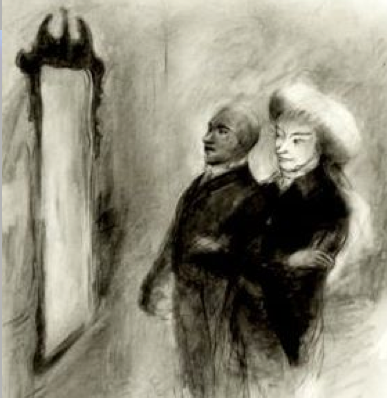

The gentleman with thistle-down hair suddenly became very excited. He spread wide his hands in a gesture of surprized delight and began to speak Latin very rapidly. Mr. Norrell, who was more accustomed to seeing Latin written down or printed in books, found that he could not follow the language when it was spoken so fast… (archaic spelling in original: Clarke 85)
In this scene, the author takes a moment to ground us in the reality of Mr. Norrell—who thinks he is much more educated than he really is, and prides himself on learning, yet finds that learning is insufficient when presented with a living embodiment of someone who actually speaks Latin. This entire sentence regarding languages is a rhetorical flourish—about rhetoric—that conceals knowledge about a critical plot point here. The magic is concealed under a discussion of language.
For the personage who is suddenly in the room has been called forth for one reason, and one reason alone. That reason is the death of a new bride named Miss Wintertowne. In fact, this Miss Wintertowne is merely a corpse on the bed when the gentleman with thistle-down hair appears. In this scene, apparently a spell is cast to resurrect her. Yet moments after his strange appearance, Miss Wintertowne walks down the stairs and enters the downstairs parlour, to all intents and purposes alive and well. The actual moment of resurrection is not seen; neither is the magic performed to bring about that resurrection observed by the reader in any regard. Again, all of this “critical” information happens off-stage. By concealing these acts, the mystery and the energy of the supernatural is entirely preserved. However, magic in this novel has a palpable cost, and in the remaining 500 pages of the book, readers are slowly brought to realize that terrible cost. An early sign of that cost is brought to the reader’s attention right after the newly resurrected bride walks downstairs and takes her seat in the drawing room:
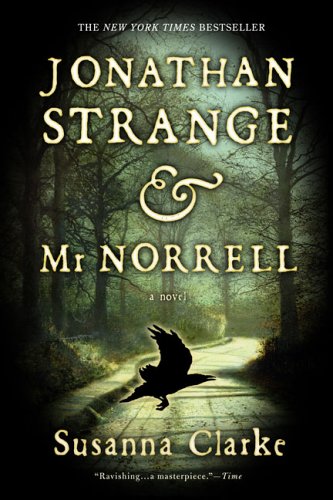
Miss Wintertowne… appeared quite calm and collected, like a young lady who had spent a quiet, uneventful evening at home. She was sitting in a chair in the same elegant gown that she had been wearing when [the others] had seen her last. She did not appear in any way alarmed by what she saw, but she did look surprized; she raised the hand so that her mother could see it. The little finger of her left hand was gone. (Clarke 91).
The finger is gone, yet we as readers never see the decision to remove the finger, and never see the act of removing the finger. We see nothing except a bargaining exchange between the strangely bureaucratic magician and the odd and unsettlingly talkative man with the strange hair. A page later, the corpse is alive, the finger is removed, the sorcery is seemingly over and done with. The fact that all of the details were withheld from readers heightens the mystery, the suspense, and the very magic of the acts themselves. In fact, because we don’t know precisely what happened, the magic seeps perversely into the subsequent chapters as the book casts its slow and insidious spell over our reading.
The modern novelist Susanne Clarke, who writes in the mode of Jane Austen or the Brontë sisters, makes astonishingly careful choices in Jonathon Strange & Mr. Norrell in order to withhold as much information as possible from readers. By so doing, she creates a world that is entrancing and mysterious, yet deeply grounded in our experience of reality. A final technique that accentuates this withholding is a focus on implicit acts, not explicit statements.
READ the NEXT SECTION… in which I discuss Dracula, Tolkien and Clive Barker >>
How to Write & Read Great Fantastical Fiction:
Techniques & Tools in Fantasy & Science Fiction Literature






